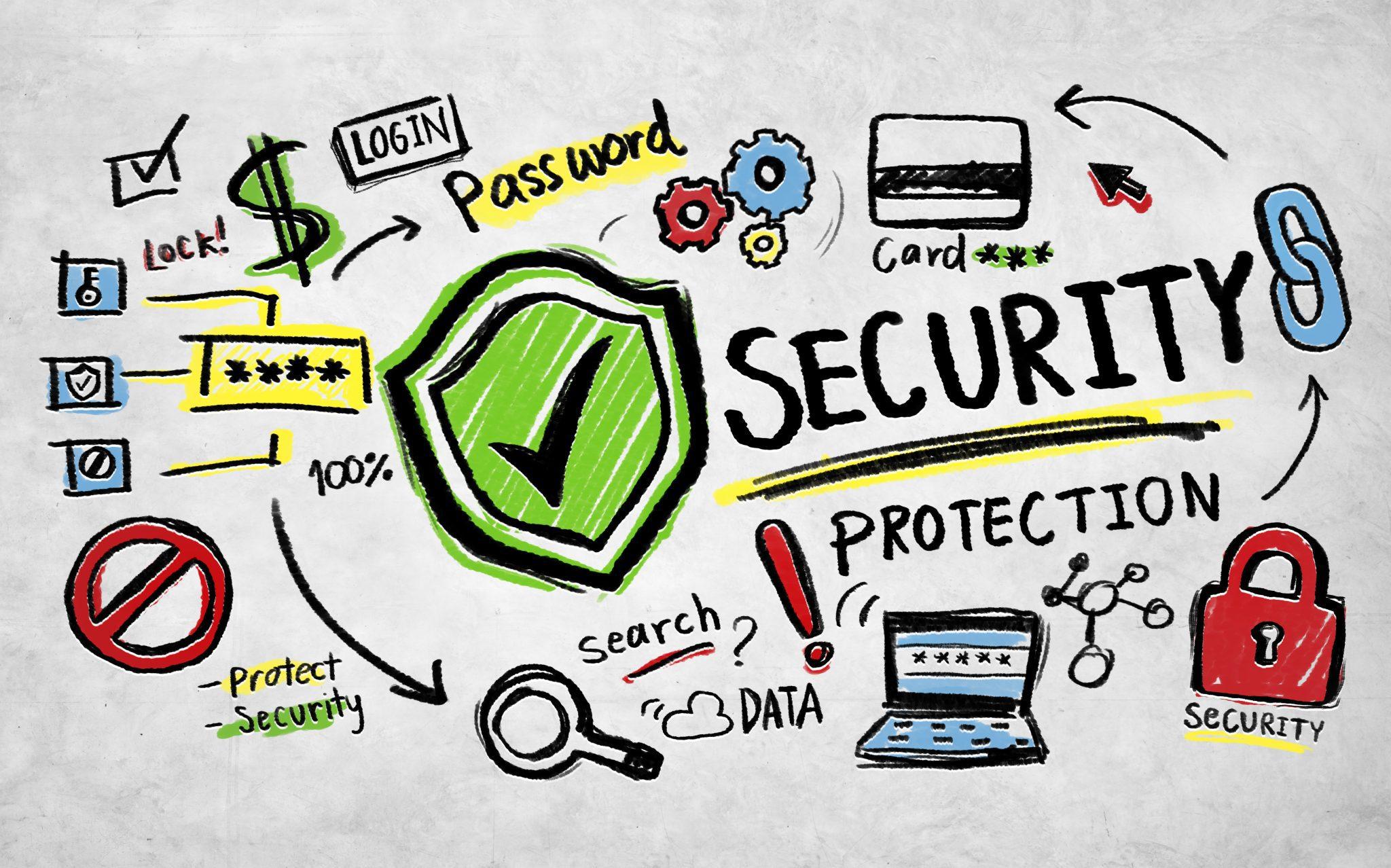Cybersecurity in Educational Institutions: Protecting Schools from Modern threats
Introduction
With the growing use of technology in classrooms and administrative operations, cybersecurity in educational institutions is more crucial than ever.Schools, colleges, and universities have become prime targets for cybercriminals due to their valuable data and often limited security resources. In this article, we’ll explore the modern threats facing educational institutions, discuss cybersecurity best practices, and share real-world case studies and actionable tips.
The Growing Importance of Cybersecurity in Educational Institutions
As digital transformation accelerates,schools are embracing online platforms for learning management,dialog,and data storage. However, this shift also opens up vulnerabilities:
- Student and staff Data: Personal records, academic results, and health facts are valuable targets for identity theft.
- Online Learning Tools: Increased reliance on learning management systems (LMS) and virtual classrooms expands the attack surface.
- Limited IT Resources: Educational institutions often lack dedicated cybersecurity personnel or advanced security infrastructure.
Modern Cybersecurity Threats Facing Schools
modern cyber threats are constantly evolving. Educational institutions face a broad spectrum of attacks, including:
1. Ransomware Attacks
Ransomware encrypts school data and demands payment for its release.A recent surge in ransomware incidents has disrupted classes and compromised sensitive information.
2. phishing Scams
cybercriminals frequently use deceptive emails targeted at staff and students to steal login credentials or install malware. These phishing attacks can bypass even basic defenses.
3.Data Breaches
Hackers may exploit weak passwords or unpatched software to gain unauthorized access to student records, financial data, or research files.
4. DDoS (Distributed Denial-of-Service) Attacks
Malicious actors may overwhelm a school’s network, disrupting access to online learning platforms and administrative services.
5. insider Threats
Sometimes, cyber threats originate from within. Disgruntled employees or careless staff can inadvertently compromise security through unsafe practices.
Benefits of Strong Cybersecurity for Educational Institutions
Investing in effective cybersecurity offers meaningful benefits:
- Protects Sensitive Data: Safeguards personal and academic information from breaches.
- Ensures Continuity of Education: Minimizes disruptions due to cyber incidents.
- Builds Trust: Promotes confidence among students, parents, faculty, and staff.
- Regulatory Compliance: Helps meet data protection regulations like FERPA, GDPR, and CIPA.
- Financial stability: Reduces the risk of costly ransom payments and legal penalties.
Best Practices and Practical Tips for School Cybersecurity
Educational institutions can strengthen their cyber defense strategies by implementing the following best practices:
1. Develop a Comprehensive Cybersecurity Policy
- Define acceptable use of internet and devices.
- Establish protocols for incident response and reporting.
- Regularly update policies to reflect emerging threats.
2. Invest in Staff & Student Cybersecurity Training
- Conduct regular workshops on recognizing phishing emails.
- Encourage strong password practices and two-factor authentication.
- Promote cyber hygiene (e.g., not sharing login details).
3.Secure Network Infrastructure
- Use a robust firewall and implement network segmentation.
- Enable encryption on all devices and data transfers.
- Schedule regular network security audits and vulnerability assessments.
4. Regular Data Backups & Recovery Planning
- automate backups for all critical systems and store them securely offsite or in the cloud.
- Develop a disaster recovery plan to restore data after cyber incidents.
5. Keep Software and Systems Up to Date
- Ensure all systems and applications receive timely security patches.
- Remove outdated software and unused accounts promptly.
Real-World Case Studies: Lessons Learned
Case Study 1: Ransomware Attack on a US School District
in 2021, a large school district in the United States experienced a severe ransomware attack that halted online classes and payroll. The attackers demanded a six-figure ransom. Fortunately, the district had robust backups and was able to restore most systems within days, avoiding payment.
Lesson Learned: Comprehensive backup and recovery plans are essential for minimizing downtime and losses.
Case Study 2: Phishing Incident at a UK University
A major UK university reported a phishing campaign that tricked several staff members into sharing their login credentials. This led to unauthorized access to university resources and data exfiltration. The university responded with mandatory cybersecurity training and multi-factor authentication.
Lesson learned: Continuous training and enhanced authentication protocols help prevent credential-based attacks.
Implementing Cybersecurity: First-Hand Experiences from IT Administrators
IT professionals working in schools report that cybersecurity is not a one-time project but an ongoing process. Here are some first-hand tips from experienced administrators:
- “Start with awareness—educate everyone, then reinforce with policy.”
- “Regular phishing simulations have made a noticeable difference in staff vigilance.”
- “Even small schools can implement layered security with open-source tools.”
- “Collaboration with local authorities and cybersecurity organizations ensures rapid incident response.”
Future Trends in School Cybersecurity
To stay ahead of evolving threats, educational institutions should monitor emerging trends, including:
- AI-Powered Threat Detection: Leveraging artificial intelligence to rapidly identify and mitigate threats.
- Zero Trust security Models: Eliminating implicit trust within networks for greater protection.
- Cloud Security Enhancements: As schools migrate to the cloud, robust cloud security is becoming indispensable.
- Privacy-by-Design approaches: Embedding privacy and security into new educational technologies from the outset.
Conclusion: Making Cybersecurity a top Priority in Education
Cybersecurity in educational institutions is vital to protect the privacy, integrity, and continuity of learning for students and staff. With the rapid adoption of digital technologies, schools must make proactive cybersecurity planning a top priority. By implementing strong policies,investing in staff and student training,securing networks,and preparing for incidents,educational institutions can effectively defend against modern cyber threats.
Invest today in cybersecurity to safeguard the future of education. schools, colleges, and universities that prioritize digital resilience will not only protect their communities but also foster a culture of trust, learning, and innovation for generations to come.

